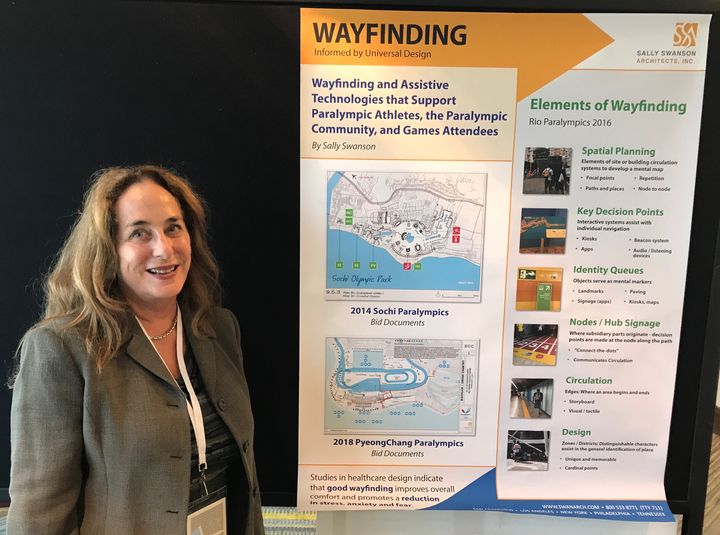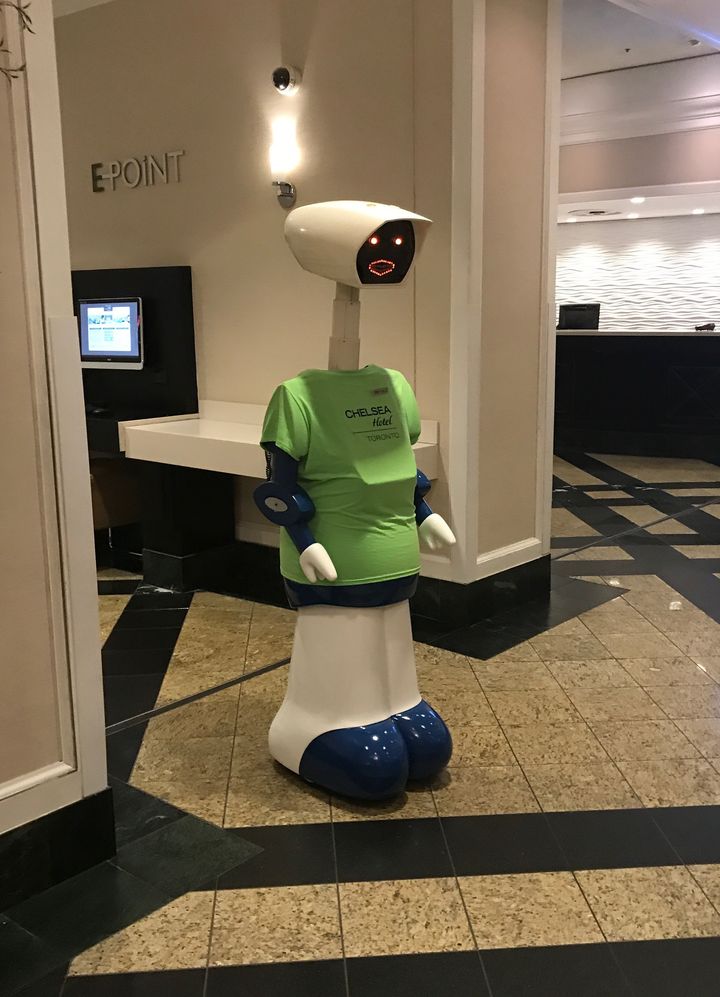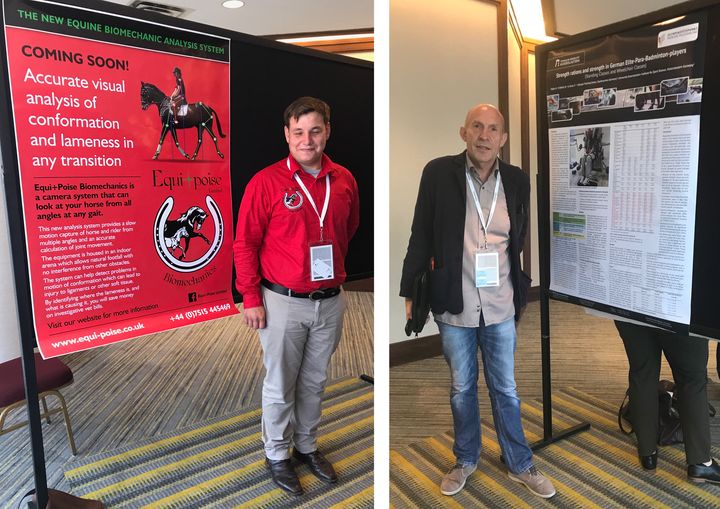By SALLY SWANSON, AIA
Oh, Canada!
This trip represented my second visit to the eastern part of Canada, Toronto, specifically.
It is memorable for so many reasons, not least of which was the purpose of my visit: to present on wayfinding at the 2017 VISTA Conference which is a key annual event held by the International Paralympic Committee (IPC). Notable, too, is the fact that this was my second time at VISTA and it was genuinely heartwarming to be recognized and remembered this time around.


Ah, another week, another conference…
Sometimes as I settle into my usual window seat, long flight with connections ahead of me, I wonder what is of importance to me. I reflect on what seems to make a difference in my life and give me direction. And dwell on – sometimes for far too long – how I have managed to survive the very turbulent times from those as a pioneering advocate for those with disabilities (believing that everyone deserves a chance to participate) to the recent phenomenal growth and growing pains of my firm.
One moment worth recalling occurred in Rio for the 2016 Paralympic Games watching the parade of the Para-athletes and their support staff as they arrived for the Opening Ceremony. It was with sheer exhilaration that I witnessed Muslim women from countries that previously did not allow women to participate in these international Games. There were two men participating from the Congo and one man from Syria. What spirit and bravery it must have taken to participate!

While I was invited to VISTA 2017 to present, as with my previous attendance, I learned a lot. VISTA brought together 300 sports scientists from 41 countries. It was a revelation to hear so much about the support staff assigned to each team of Para-athletes. Each Paralympian team, for instance, has a medical doctor, therapeutic masseuse, physical therapist and trainer on board to name a few.
But what impressed me most is the research being conducted which looks at the opportunities and challenges in Paralympic Sport to ensure that athletes with disabilities can succeed and perform at ever higher levels. This same research pertains to able-bodied athletes, as well.

Among the innovative devices being developed that especially intrigued me are the prosthetic limbs that will soon be motorized to enable an enhanced ease of movement in walking, running or doing what comes naturally to the able-bodied. The proof is in the studies that were presented at VISTA regarding how to best be seated on a chair, a wheelchair or on the floor. What technique to best carry one’s body for optimum performance. One study presented findings as to how Para-athletes sit best when competing at Sitting Volleyball. And then there’s Wheelchair Basketball, played at an incredibly fast pace, as well as Wheelchair Tennis which both require intensive practice and commitment. But movement relates to everyone. And, this revelation kept me wondering whether sitting in a different, more informed position will mean that my body will become more relaxed and relatively pain free.

For me, however, the most moving part of the VISTA conference was learning how the young Para-athletes, upon dedicating themselves to a sport, gained not only purpose and vision, but a more positive attitude towards life. Finding something that makes one feel good enhances life on a broader scale.
My poster presentation on wayfinding was a resounding success. Many with whom I spoke assured me that wayfinding would enhance accessibility for the Para-athletes and attendees as well. A well-defined path or travel is essential to planning and conducting the Games. I certainly look forward to continuing to work with the IPC and sharing my expertise with the International Olympic Committee (IOC) to produce a much-needed set of standards to improve access at the Games.

Often, I heard, that the Paralympic Games are the stepchildren of the Olympic event. I remain hopeful that this negative perception ceases in the coming years. The Paralympics have come so far so profoundly that I see only positives in its advancement for the future. Just the thought of these Games, and the many Para-athletes I have witnessed competing over many years, always boosts my spirit in dark, difficult days. Just knowing the challenges these exceptional individuals face on their difficult path to achieve their well-earned goals keeps me humble.
I’m excited and looking forward to the 2018 PyeongChang, South Korea Paralympic Games. I was on the design team that created the Universal Design (UD) standards for the PyeongChang Olympic/Paralympic town/village circulation and construction, helping to achieve innovative barrier-free housing and athletic spaces to ensure that an accessible path of travel is fully realized. And, as a Paralympic reporter, sponsored by the Disability Rights Education and Defense Fund (DREDF) and approved by the IOC, I’m thrilled and honored to report from PyeongChang.
South Korea, it should be noted, tried three times to succeed at obtaining their Olympic/Paralympic bid. May we have peace with North Korea so this important international event takes place without a hitch.
I wish PyeongChang well. (And, besides, Korean food is known to be best for your digestion.)
I wish for world peace. Time to start feeling good again about the state of world affairs. Time to start sleeping well again. It’s time.

